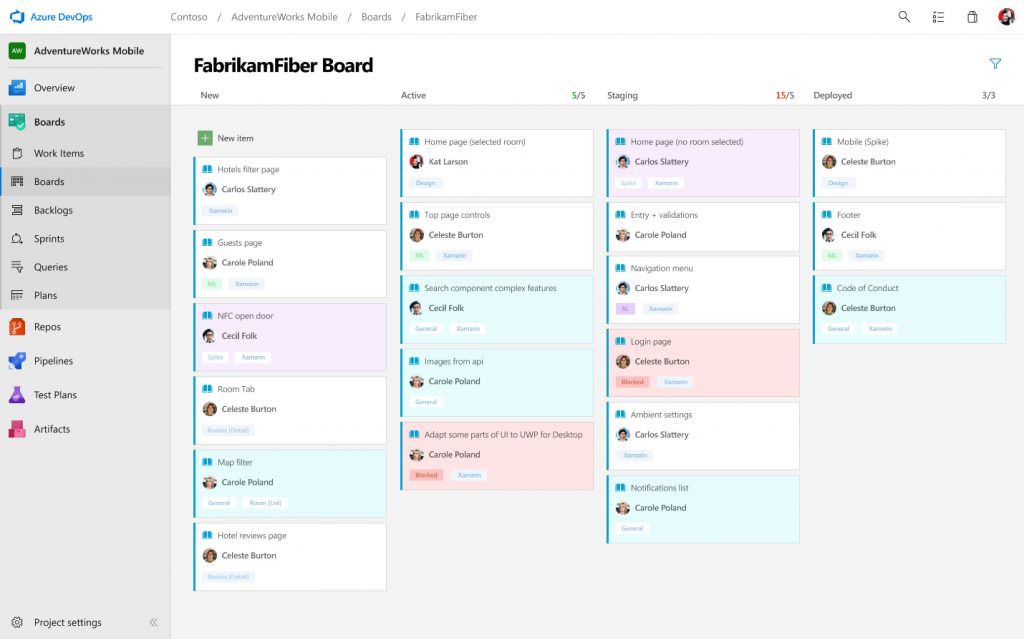
The four types of risks in software development projects are organizational risks (involving human factors and management processes), schedule risks (related to timelines and deadlines), operational risks (affecting day-to-day project execution), and technical risks (impacting functionality and performance). Each type requires specific mitigation strategies to ensure successful project completion.
Developing software is a complex and resource-intensive process that demands careful planning and foresight. When projects fail to meet expectations, the causes can often be traced back to unaddressed risks that emerge throughout the development lifecycle. These challenges can significantly impact delivery time, budget adherence, and the quality of the final product.
Experienced development teams recognize that risk management isn't an afterthought but a critical component of project success. By identifying potential issues early and implementing mitigation strategies, teams can prevent obstacles rather than scrambling to address them once they've already derailed progress. Successful projects begin with candid conversations about expectations, timelines, and potential challenges.
This blog explores the four types of risks in software development projects and provides practical strategies to mitigate them effectively.
What Are The 4 Types of Risks in Software Development Projects?
Software development projects typically face four distinct categories of risk that require specific mitigation approaches. These risks affect different aspects of the development process but often interact with and compound each other when left unaddressed.
1. Organizational Risks

Organizational risks stem from human factors and management processes that can derail even technically sound projects. Over years of experience, software development professionals have observed that proper time management is crucial for project success.
One prevalent organizational risk comes from one-sided deadlines. In optimal circumstances, project timelines would be collaborative decisions between developers and clients, with mutual understanding of expectations and capabilities. However, clients often establish firm deadlines before involving the development team. This forces developers to work overtime or add resources without proper planning, increasing the likelihood of overlooked bugs or introducing new problems.
Another significant organizational risk involves insufficient communication channels. Open dialogue between development teams and clients is essential for smooth project execution. Professional development teams ensure clients understand their role during each project phase—from when their input is needed to when final approval is required.
How to Mitigate Organizational Risks:
- Establish collaborative planning sessions at project initiation to align expectations and set realistic deadlines
- Create formal communication protocols with scheduled check-ins and defined points of contact
- Document all decisions and changes throughout the project lifecycle to maintain accountability
- Involve all stakeholders early in the planning process to ensure comprehensive input
- Develop contingency plans for common organizational challenges before they arise
Implementing these organizational risk mitigation strategies creates a foundation of clear communication and shared expectations. When all parties understand their roles and responsibilities, projects progress more smoothly with fewer disruptions and conflicts.
With organizational risks properly managed, attention must turn to the practical aspects of project scheduling to keep development on track. Addressing all types of risks in software development projects requires a systematic approach to each category.
2. Schedule Risks
Schedule risks emerge when projects fail to meet deadlines, often due to overly optimistic timelines. When aspects of a project aren't properly considered before commencement—such as client commitment or resource availability—progress can stall and deadlines can slip.
How to Mitigate Schedule Risks:
- Implement specialized project management tools like Azure DevOps to automate building and testing processes
- Apply agile methodology principles to break projects into manageable sprints with regular reassessment
- Build buffer time into project schedules to accommodate unexpected challenges
- Conduct regular progress reviews to identify potential delays early
- Prioritize features and functionalities to ensure critical components are completed first
- Monitor resource allocation continuously to avoid bottlenecks in development
These schedule risk strategies help development teams maintain control over project timelines while providing the flexibility needed to address unexpected challenges. Effective schedule management ensures resources are properly allocated and milestones are consistently achieved.
While proper scheduling provides the framework for success, attention to operational details determines how efficiently that framework functions. Among the types of risks in software development projects, operational challenges often have the most direct impact on day-to-day progress.
3. Operational Risks

Operational risks arise from the day-to-day management of software development projects. Effective project management balances the technical needs of the development team with client expectations. Risk mitigation strategies in project management plans ensure efficient execution throughout the project lifecycle.
A common operational pitfall is underestimating UX design value. User experience analysis is crucial for project success. Reducing hours allocated to UX planning in favor of development tasks can lead to problems during usability testing, causing delays when interface structures require reworking.
Another operational challenge comes from inadequate testing protocols. Some organizations believe they can save resources by eliminating dedicated QA personnel and having developers test their own code. This approach often results in missed bugs and delayed deadlines as developers struggle to balance conflicting responsibilities.
How to Mitigate Operational Risks:
- Allocate appropriate resources to UX design early in the project lifecycle
- Maintain dedicated QA personnel separate from the development team
- Establish clear acceptance criteria for all project deliverables
- Implement continuous integration practices to identify issues early
- Document operational procedures to ensure consistency across team members
- Conduct regular retrospectives to improve processes throughout the project
These operational risk mitigation approaches ensure that day-to-day project execution maintains high quality standards. By establishing proper processes and allocating resources appropriately, development teams can prevent common operational pitfalls that often derail otherwise well-planned projects.
With operational processes established, technical considerations form the foundation upon which successful development stands. Technical risks represent the final major category among the types of risks in software development projects.
4. Technical Risks

Technical failures directly impact functionality and overall performance. Avoiding these risks requires awareness of common technical pitfalls that experienced development teams have encountered.
Choosing inappropriate technology represents a significant technical risk. Understanding the problem that needs solving should drive technology selection. The focus should remain on solutions that address specific needs and can evolve within the existing environment. Prioritizing trendy technology may lead to overlooking critical factors such as the development team's experience, business environment requirements, and actual user needs.
Another technical risk involves implementing untested new technology. Development teams cannot troubleshoot issues arising from unfamiliar technologies at the same speed as with known solutions. When clients desire newer technologies, budgeting for additional time and troubleshooting becomes essential for project success.
How to Mitigate Technical Risks:
- Conduct thorough technology assessment before making selection decisions
- Prioritize problem-solving capability over trending technologies
- Create proof-of-concept prototypes when implementing new technologies
- Ensure alignment between technology and development team expertise
- Maintain comprehensive documentation for all technical components
- Establish technical debt management practices to prevent accumulation of issues
- Perform regular architecture reviews to identify potential weaknesses
Through careful technology selection and management, development teams can avoid the common technical pitfalls that often plague software projects.
Making informed decisions based on problem requirements rather than trends ensures that technical solutions remain appropriate and sustainable throughout the project lifecycle.
Takeaway
Software development risk management requires vigilance across organizational, scheduling, operational, and technical domains. Experienced development teams bring both the knowledge to identify risks early and the expertise to implement effective mitigation strategies.
The most successful projects begin with comprehensive risk assessment and continue with constant monitoring throughout the development lifecycle. By addressing potential issues before they impact progress, development teams can deliver higher quality products on time and within budget. The ability to anticipate and resolve the types of risks in software development projects directly correlates with project success rates.
Ready to Minimize Risk in Your Next Software Project?
Professional software development teams with extensive experience can help identify and reduce risks upfront while providing ongoing support throughout the project lifecycle. This approach ultimately creates a smoother experience and more successful outcomes. Contact our team today to discuss how proper risk management can benefit your next software initiative.











